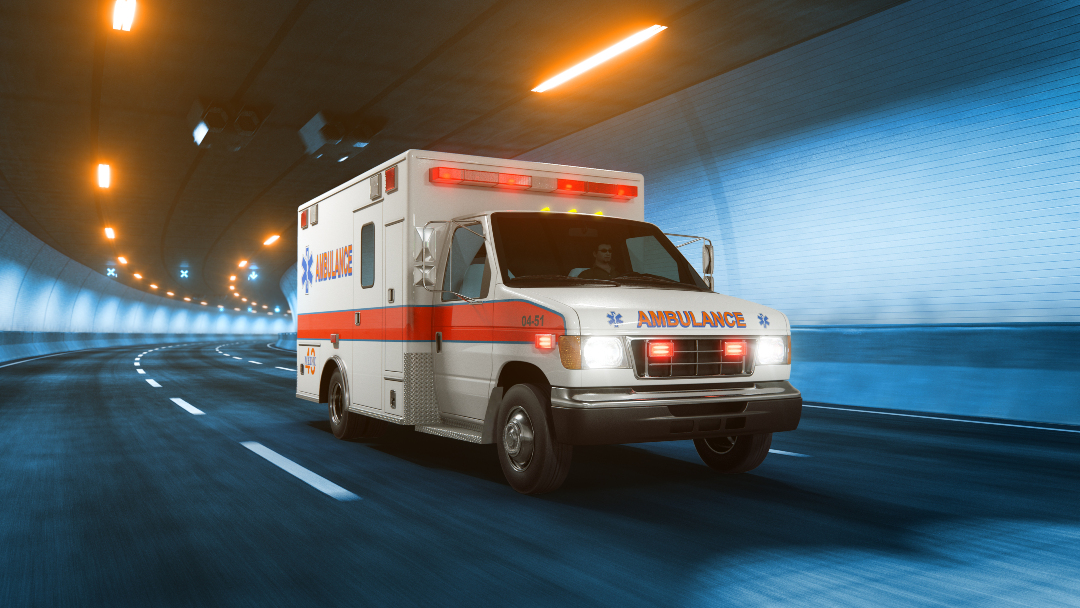
Research Reveals Ways To Keep Emergency Responders Safe In Future Pandemics
On Mar. 11, 2025, researchers from Texas A&M University School of Public Health report findings show significant links between airport-based first responders’ perceptions of COVID-19 and their experiences with it.
The first study of its kind reveals that those workers who perceived themselves as more susceptible to COVID-19 reported more COVID-19 infections during the pandemic.
For their study, conducted in April 2021 — one year into the pandemic — Aurora Le, who led the study and colleagues from Indiana University and Indiana State University conducted an online, cross-sectional survey of 155 aircraft rescue and firefighting personnel who had had tested positive for COVID-19. Participants were recruited through the group’s email listserv. More than 83 percent of participants had not tested positive for COVID-19 at the time of the survey. More than 92 percent were male, and the majority were white, middle-aged and reported that their health was good.
Safety behaviors were measured through a validated, three-item safety compliance scale from Neal and Griffin for safety compliance, safety participation, mask use at work and mask use in public. Perceived risk of being infected with COVID-19 was measured using items from the Risk Behavior Diagnosis Scale, as adapted by Zhang and colleagues to measure this specific risk perception.
The team found significant associations between participants’ perceived risk factors of COVID-19, which include perceived severity and perceived susceptibility, and the COVID-19 outcome. Perceived susceptibility was associated with increased likelihood of COVID-19, but perceived severity was associated with decreased likelihood of reported COVID-19.
“Our main takeaway is that these first responders would improve their likelihood of preventing infection if they had more relevant information about a disease, more physical and emotional resources for prevention, and more support to shape their perceptions of risk and their behaviors for prevention,” Le said.
In addition, those who supervise emergency response workers should focus on infection control outcomes, Le said. These could include relevant information, physical resources such as training, and personal protective equipment and mental health resources such as employee assistance programs. The study was published in the journal WORK: A Journal of Prevention, Assessment & Rehabilitation.
Tags:
Source: Texas A&M
Credit:
